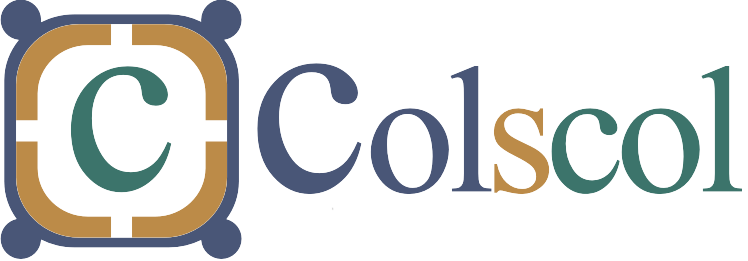CBSE is a well known and reputed board and provides standard education to all the students by imparting comprehensive syllabus in appropriate manner. Colscol Expert Teacher Team teach you online syllabus for class 7 Physics subject, designed after a proper study and research. Class 7 Physics syllabus is helpful as it provides adequate knowledge on concerned topics and units specified in the syllabus. The class 7 syllabus is available online and can be downloaded in any format easily
CBSE is also known for its flexible and well framed syllabus patterns that can be adapted by any kind of students of different potentials, and give every chance to score well in class 7 exams.
TOPICS
- Heat
- Wind, Storms and Cyclones
- Motion and Time
- Electric current and its effects
- Light
1.A. Hot and Cold
1.B. Measuring Temperature
1.C. Laboratory thermometer
1.D. Transfer of Heat
1.E. Kinds of Clothes we wear in Summer and Winter
2.B. High Speed Winds are accompanied by reduced Air Pressure
2.C. Air expands on heating
2.D. Wind currents are generated due to Uneven heating on the earth
2.E. Thunderstorms and Cyclones
2.F. Destruction caused by Cyclones
2.G. Effective safety measures
2.H. Advanced technology has helped
3.B. Speed
3.C. Measurement of Time
3.D. Measuring speed
3.E. Distance -Time graph
4.B. Heating effect of electric current
4.C. Magnetic effect of electric current
4.D. Electromagnet
4.E. Electric Bell
5.B. Reflection of light
5.C. Right or left
5.D. Playing with spherical mirrors
5.E. Images formed by lenses
5.F. Sunlight – White or Colored?






